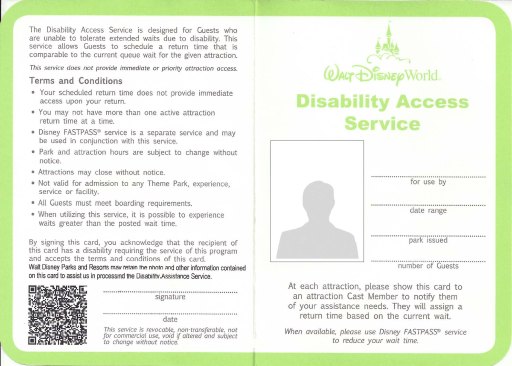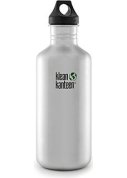An early bulk of this blog detailed my life as a competitive and showcase ballroom dancer while living with Type 1 diabetes. Then life happened and I’m more or less a recovering addict of dancesport. I participated in showcases post-birth, but I’ve recently changed dance goal directives, putting a stop to solo showcases at the moment. This most recent hiatus is simply because I don’t have a full-time male instructor at this time.
The missing instructor wasn’t a surprise; all students had about a year of notice to plan for next steps and new instructors if needed. This was a vast improvement over what happened with a previous instructor, who turned in his two-week notice to his studio and students and promptly left the country. Being without another male teacher is not new for me, and “retiring” from competitive dancing coordinated nicely with this recent departure, but it’s probably a shock to the core for other dancers who don’t see departures coming.
So, what to do?

Errr… probably not.
Check with the studio’s plan. This kind of depends on how your home studio functions. There are dance studios that operate strictly as space, which then contracts instructors to use said space, or there are studios which hire instructors as employees. Getting and keeping male instructors around seems to be a universal problem in the dancesport community. There seems to be this weird issue of not having enough male instructors at a given studio. But if one does come around, it can be a challenge to establish a student base with an already ingrained community. There is a possibility that there are no immediate plans to hire a high-level instructor to replace the previous one. Maybe there aren’t any available. Studio HR dynamics are a separate post altogether; the goal of this post was to offer suggestions for students who may find themselves orphaned already.
Try the newer/different male instructor. This seems like the easiest solution, though it may seem daunting if you were with an old instructor for a number of years. New teaching methods, new communication preferences, new feelings. It’s going to feel like starting from scratch for a couple weeks/months. It might suck at first, especially if your expectations were molded by your old instructor’s habits. But, it doesn’t hurt to try. A different thought – the new instructor needs to build up his business and experience with students too.
Work with female instructors. They all have to know how to lead, so don’t worry about not being able to work on following. Plus, they can help with styling, connection, turn technique, and footwork variation ideas. (Just a few suggestions.)
Find an amateur/practice partner. Is there a similar-level male student at your studio with similar dance goals? Start practicing together. Share lessons together. (This is a great cost saver too.) Amateur competitions are loads cheaper than pro-am comps if competing is a common goal.
Practice on your own. Your previous instructor probably gave you lots of instruction during your time together. Now would be a good time to work on everything you were harped on during lessons; none of which probably need a partner present. This is a great post on solo practicing.
Form/Join a Small Group Ensemble. I still love performing, so I have been using my previous solo instruction time to work with an all-girls performance team. Still get to work on dance, have fun, and participate in showcases.
Learn the opposite role. Nothing tunes me into my connection with my partners than dancing as a leader. I can only really lead one or two dances, but I’m definitely available to lead socially when the is a leader shortage at dance outings. This option allows the freedom to work with any instructor in the studio for assistance.
Join/Audition for a Competitive Formation Team. This option isn’t always available at studios, but if it is – look into it. For ours, we get weekly coaching lessons by a master level teacher for a low monthly membership fee. Then we perform or compete around the region. The team does amazing things for dancing – plus all of the practice requirements fill out schedules nicely.
Try a new discipline. Was Standard your go-to dance realm? Try Latin. Or American Smooth. Or west coast swing. Not only will the challenge of switching to a new set of dances keep you on your toes, it’ll help your preferred dance. Or you might fall in love with the new dance and never look back.
Leave your studio and seek instruction elsewhere. This is obviously not my preferred suggestion, but if you want to keep dancing, you gotta do what you gotta do. This option is easier to do in larger metropolitan areas, but I can understand why someone wouldn’t want to leave a home-base studio. (I don’t want to leave mine.) But, if your goals don’t match what the current staff can help you with, then that’s a studio problem – not yours. A less abrupt suggestion? See if the pro can come to you every other weekend or so. (Or vice versa.)
















 Reusable water bottle. Doesn’t matter if one is brought from home or bought at the souvenir stand. High blood sugars thrive on dehydration. Stave off dehydration and purchasing multiple $3-$4 bottles of water by bringing one from home. (I like
Reusable water bottle. Doesn’t matter if one is brought from home or bought at the souvenir stand. High blood sugars thrive on dehydration. Stave off dehydration and purchasing multiple $3-$4 bottles of water by bringing one from home. (I like 


 Snacks! Disney Park food is expensive and not necessarily the quickest. I keep granola bars (sans chocolate, because it melts) with me because those are small, lightweight, and I can stick several in my bag without them getting smushed. (I avoid cereal bars if I can because they explode.) Bonus if they have some sort of protein in them. Great for chowing down in line or on the way to the Parks themselves.
Snacks! Disney Park food is expensive and not necessarily the quickest. I keep granola bars (sans chocolate, because it melts) with me because those are small, lightweight, and I can stick several in my bag without them getting smushed. (I avoid cereal bars if I can because they explode.) Bonus if they have some sort of protein in them. Great for chowing down in line or on the way to the Parks themselves.
